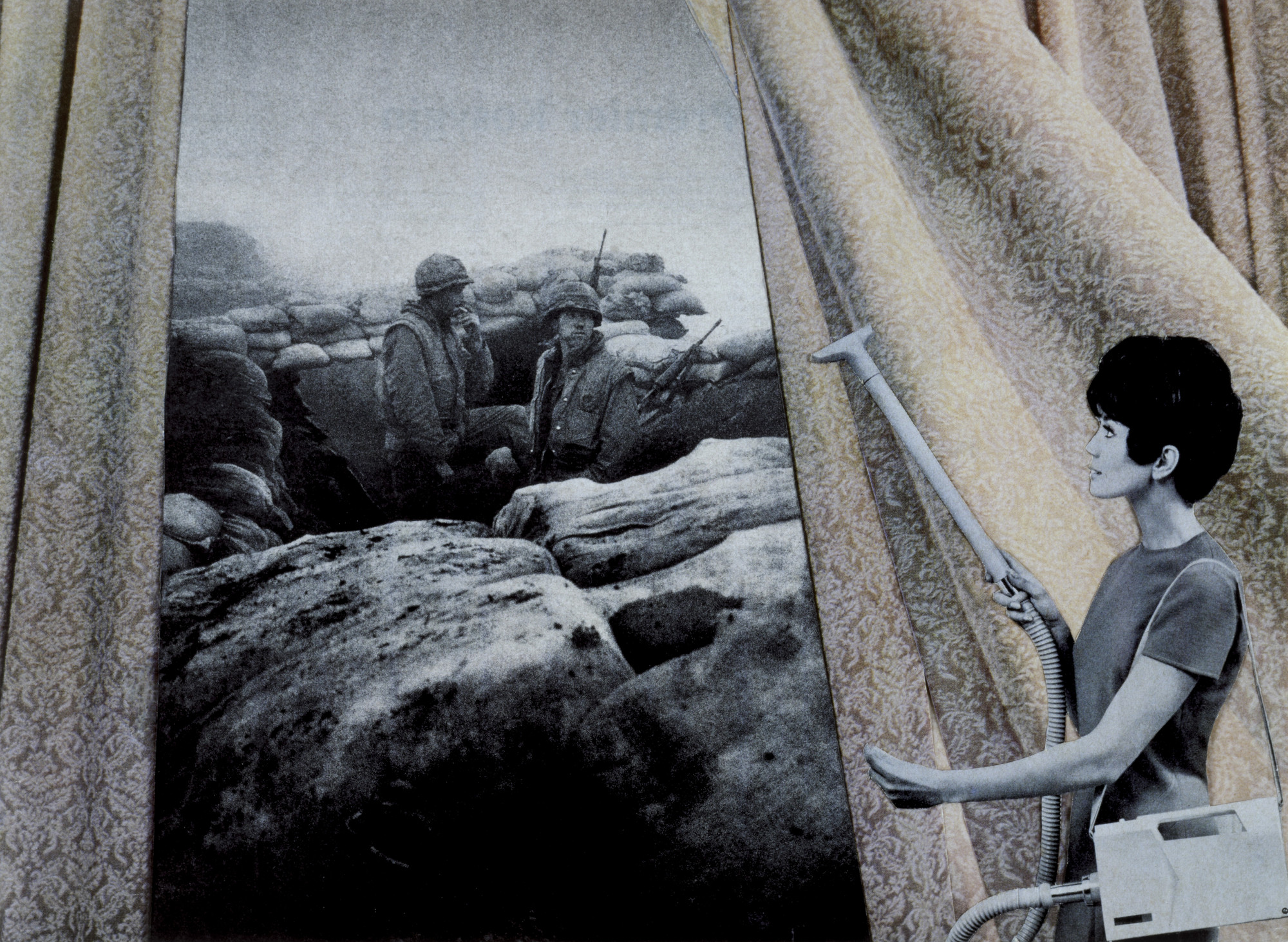Chiaroscuro, (from Italian: chiaro, “light,” and scuro, “dark”) technique employed in the visual arts to represent light and shadow as they define three-dimensional objects. Some evidence exists that ancient Greek and Roman artists used chiaroscuro effects, but in European painting the technique was first brought to its full potential by Leonardo da Vinci in the late 15th century in such paintings as his Adoration of the Magi (1481). Thereafter, chiaroscuro became a primary technique for many painters, and by the late 17th century the term was routinely used to describe any painting, drawing, or print that depended for its effect on an extensive gradation of light and darkness. In its most dramatic form—as in the works of those Italian artists of the 17th century who came under the influence of Caravaggio—it was known as tenebrismo, or tenebrism. Caravaggio and his followers used a harsh, dramatic light to isolate their figures and heighten their emotional tension. Another outstanding master of chiaroscuro was Rembrandt, who used it with remarkable psychological effect in his paintings, drawings, and etchings. Peter Paul Rubens, Diego Velázquez, and many other, lesser painters of the Baroque period also used chiaroscuro to great effect. The delicacy and lightness of 18th-century Rococo painting represents a rejection of this dramatic use of chiaroscuro, but the technique again became popular with artists of the Romantic period, who relied upon it to create the emotive effects they considered essential to their art. Some examples of Chiaroscuro lighting
Chiaroscuro Lighting Technique and How It Works
There are lots of ways you can add depth to your shot - you can place objects in the foreground and background, use a shallow depth of field, or employ the parallax effect. But chiaroscuro is one method you should know and use every time your shoot involves lighting. In essence, this lighting technique seems simple enough -- use dimmer and brighter lights in opposing succession to create contrast (light/dark), however you'll soon find out, when handling such unwieldy things as lights, that it's true what they say: cinematography is basically painting with light -- and painting ain't no easy task. I created a mood board to show some examples of chiaroscuro lighting:




